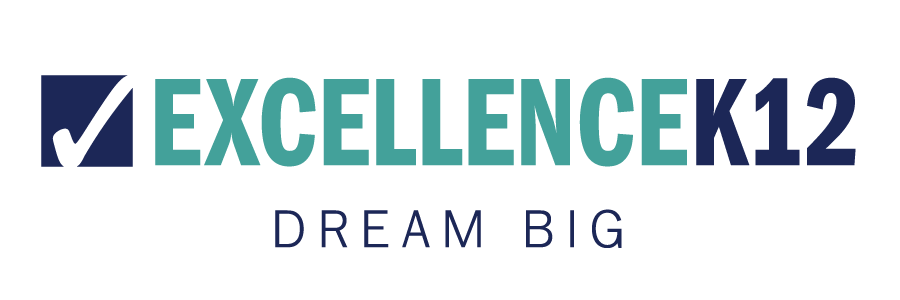Strategic planning comes in many forms and shapes.
At best, strategic planning is the map your school district will use to get you where you want to go. At worst, strategic planning is a tome that sits on a shelf gathering dust – and forgotten, until a new, five-year cycle comes around.
The concept of strategic planning is simple in nature. Pick a direction and work hard to make it happen.
But how do you know the direction is the right one? Specifically, how do you know you are taking the district where it wants to go?
We recommend a planning process in which everyone has an opportunity to weigh in. We call it “1,000 Voices” because that’s the number of educators, leaders, staff, students, parents, and patrons we try to reach in every district we work with.
Using a combination of surveys, interviews, and community meetings, we gather ideas from all quadrants and vet those ideas thoroughly. What is left is a distillation of the very best thinking from the entire district. And that thinking is often a revelation of not just what to do, but what not to do.
When you have “buy-in” from such a large representative slice of your district, your plan becomes so easy to implement it’s practically guaranteed not to molder on a shelf. In fact, a school district client, Camdenton R-III, put its plan on posters and prominently displays the posters, which are annotated as work is completed.
When you can avoid white elephant ideas and focus on common goals and aspirations, implementation is a snap.

